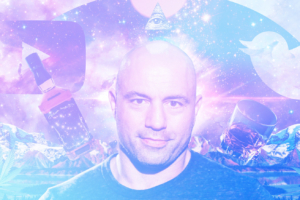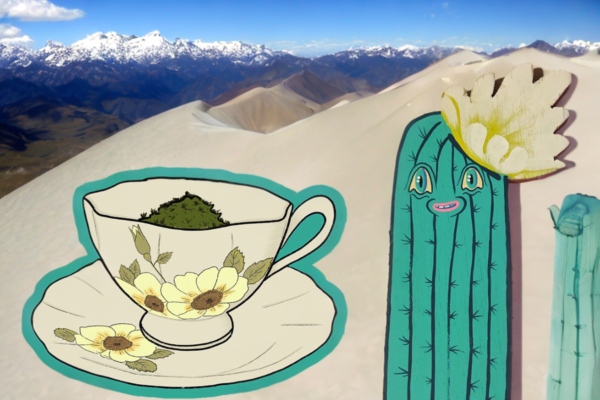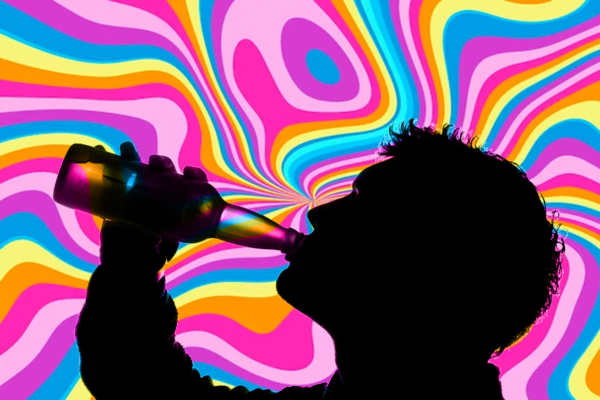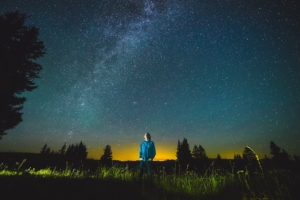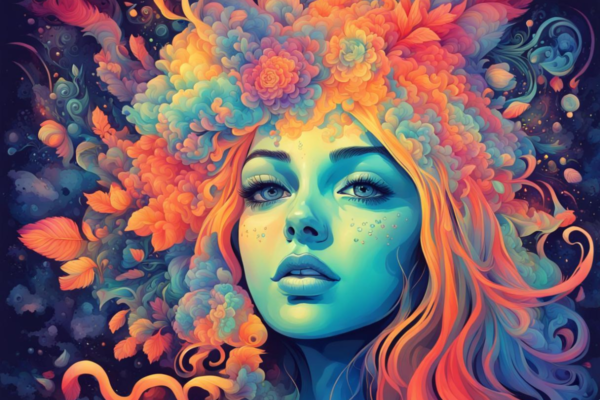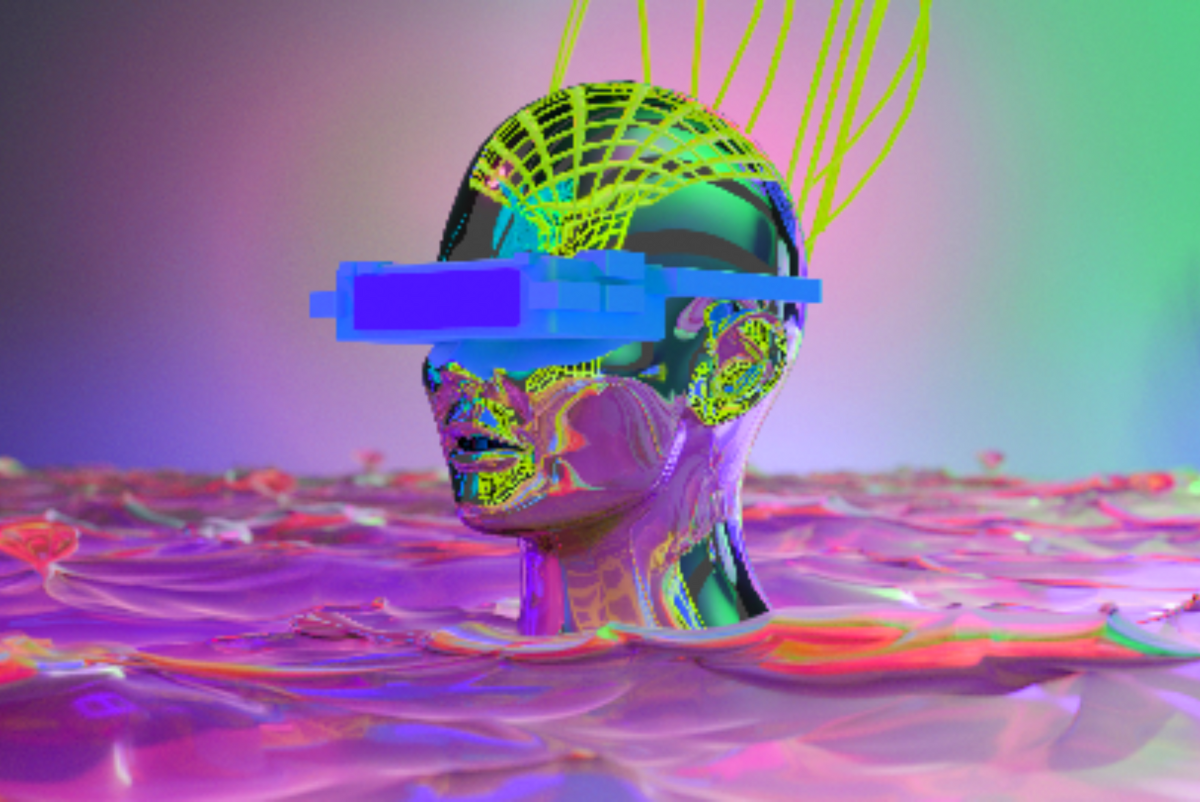
Psychedelics are being explored by researchers around the globe to potentially treat a variety of conditions, but the psychedelic experience may not be for everyone. Safety concerns and experiential volatility have led researchers to explore a variety of “non-pharmacological technologies” to elicit profound states of consciousness associated with the psychedelic state. One of these technologies is virtual reality —but can VR ever come close to replicating the psychedelic experience?
A recent paper published in Scientific Reports —entitled “Group VR experiences can produce ego attenuation and connectedness comparable to psychedelics”— makes the claim that VR is similar to a psychedelic trip, at least in some respects.The paper’s lead author is David Glowacki, an expert in virtual reality and a researcher at CiTIUS, the Singular Center for Research in Intelligent Technologies at the University of Santiago de Compostela, Spain.
Glowacki is the founder and head of the provocatively titled Intangible Realities Laboratory (IRL). The irony of this moniker being that it’s the same acronym applied to “In Real Life.” Glowacki and his colleagues at the IRL have been working for years toward developing non-pharmacological methods of creating “strong alterations in perceptual phenomenology” (a trip) by utilizing VR in a process they’ve dubbed “Isness” and “Isness-D.”
The Isness process entails participants donning VR goggles and immersing themselves in a world where their physical body becomes a luminous ball of energy capable of merging fluidly with others in a vivid experience of interconnectedness. The consensus takeaway from participants was a feeling of relaxation and increased happiness.
The goal of researching such technologies is to promote and facilitate the safe dissolution of the traditional egoic experience to create what’s known as an “STE,” or self-transcendent experience, that could be administered more widely and cost-effectively without the legal trappings and unpredictability of a traditional psychedelic experience.
Though the STE may be one component of a true psychedelic trip, is it enough to claim that reproducing an STE in VR has the same lasting therapeutic benefits as psychedelics? Are the experiences even on par with each other?
It’s hard to believe that a program written with finite parameters, however brilliant, could ever rival the depths and lessons of the subconscious of the individual themselves, or the vast expanse of the mystical/supernatural elicited by psychedelics.
We reached out to Glowacki for comment but received no response. Totally understandable, as he’s likely deep into a mind-bending journey utilizing VR to create an experience that’s perhaps inseparable from that of a traditional hallucinogenic trip, catalyzed by the ingestion of a psychedelic compound. This is a bummer, as Glowacki sounds like a fascinating dude —the type of character you might imagine being dreamt up by Stephen Spielberg in an exceptionally high moment.
There are other researchers looking to create something similar to a “psychedelic trip without the trip.” Companies like Cybin are banking on perfecting compounds like CYB003, that could be administered to evoke the lasting effects associated with psilocybin without the volatility of an extended hallucinogenic experience. And there are also a number of other technological applications, that while not purely VR, are utilizing consumer electronics to approximate the experience of a psychedelic trip, like the mobile phone app from Lumenate.
Ultimately, whether it be through the administration of a traditional psychedelic or via tech available without a prescription, anything that can promote a sense of wellness, interconnectedness, and empathy should be made as widely available as possible. If VR can replicate a psychedelic experience, the onus is on the therapist to make sure that it is also administered in the same careful manner as psychedelics, with clear and healthy intention.
